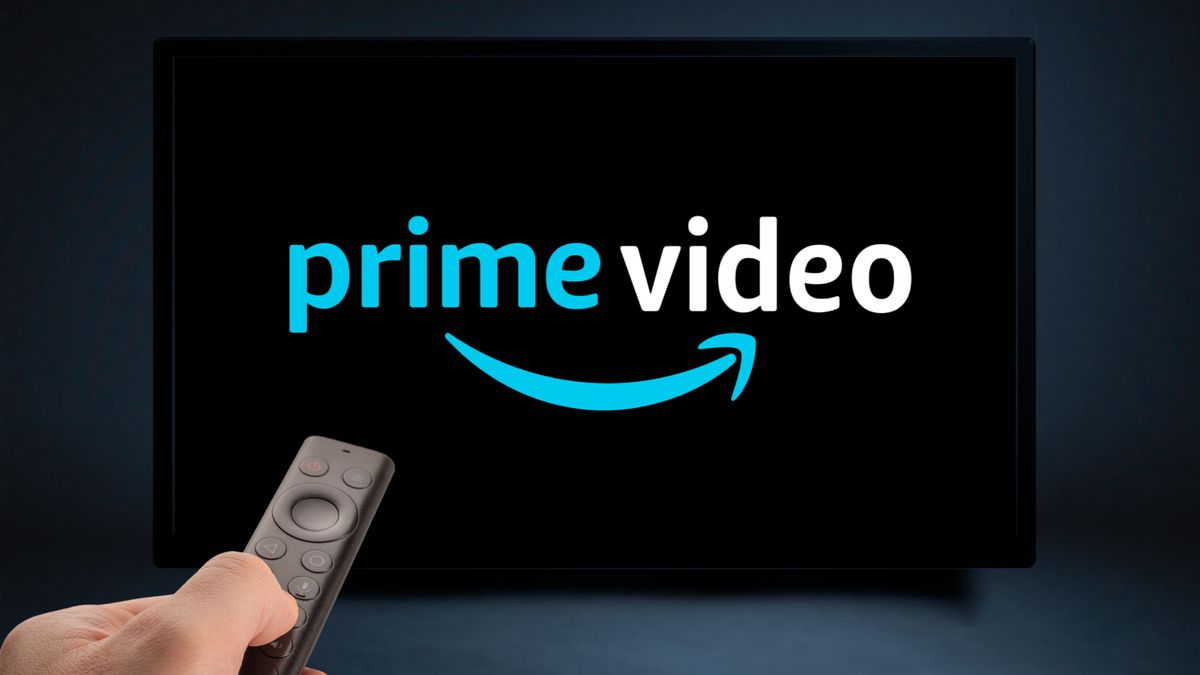As we reported last year, Amazon is going to start putting adverts in Prime Video for paying subscribers this year – and that advertising starts later this month on January 29. If you want to keep your ad-free viewing you’ll need to pay extra for it: $2.99 a month in the US and £2.99 per month in the UK. The ad-free option will cover everything but live sports, which will continue to include ads.
Amazon’s email sent last night to subscribers and its previous blog post tries to portray this as a good thing: the ads are coming to make your TV experience better! The introduction of ads “will allow us to continue investing in compelling content and keep increasing that investment over a long period of time. We aim to have meaningfully fewer ads than linear TV and other streaming TV providers.”
But of course it’s not about making your experience better any more than filling your Amazon search results with products from the Shenzen Dangerous Toy and Lawn Mower Company was about making Amazon more useful: like other streaming services, Amazon is finding that streaming is costing more and bringing in less than it hoped. So this is a one-two punch of revenue raising: Amazon will either get more money from putting ads in your shows, or by persuading you to pay to get rid of them.
What Amazon ads mean for you
That very much depends on the show. For shows made for what streamers used to tell us were the bad old days of ad-supported TV, it won’t be much of a trial: those shows were made with ads in mind, so they have breaks where the ads are supposed to go without interrupting the flow. But for shows made without ads in mind, the experience is likely to be the same as I’m getting on FAST (Free Ad-Supported TV) channels such as Amazon’s Freevee, where ads interrupt key scenes at random with no respect for continuity.
What we’re seeing here is part of a bigger picture that applies to music streaming too: what begins as disruptive, with tech firms promising to cut the cost and boost the convenience of accessing media, eventually starts to resemble the very things it was set up in opposition to – such as broadcast TV with its ads, or cable with its expensive subscriptions.
Amazon isn’t the only streamer facing tough competition and increasing costs now that the era of effectively free borrowing has come to an end, but it’s unique in the way that it combines Prime Video with its wider Prime service: if you decide you hate the ads and want to cancel, that means canceling your other Prime benefits too such as faster free delivery, Amazon Photos and so on. That makes Prime Video stickier than the likes of Netflix, which you can just cancel without then having to wait longer for your pet food and gadgets to be delivered.





